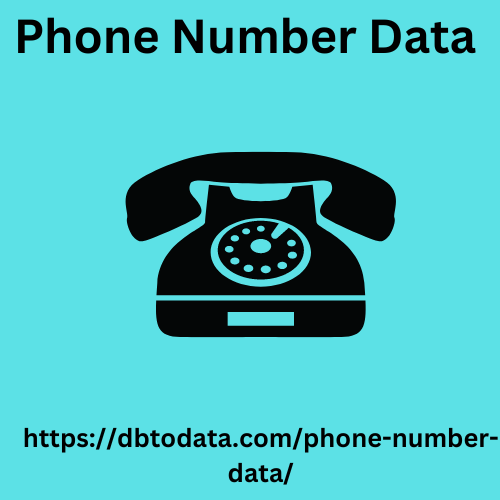Emotions: People looking to solve a problem (like your customers) always feel something. Address common pain points and related emotions. User actions: This component digs deeper into customer behavior at each stage of the buying process. User research: Know where and how. Consider the average customer experience your customers like to research purchase decisions (e.g., social media or search engines). Solutions: ways you can make the buyer’s journey smoother for your average customer. Set clear objectives Have a solid understanding of why you’re putting together a journey map and what you’re hoping to accomplish by implementing one.
This component addresses various
If you have buyer personas to use to assess Turkey Phone Number Data customer motives and fine-tune marketing content, take a second look at them. And if you don’t have go-to personas ready yet (or haven’t updated yours in a while), obtain some consumer feedback with a round or two of market research. Dive into customer experience each prospective customer has when perusing your catalog and evaluating possible purchases. Leverage one or two buyer personas that represent your average or ideal customer to simplify the process. Then, build your first customer journey map by answering the following questions.
Which ones are your customers
Which route is your ideal customer most likely to Mexico Phone Number take from discovery to post-purchase loyalty when interacting with your brand? Where and how are most customers most likely to engage with your brand for the first time? Consider all possible touchpoints Your brand’s current touchpoints should be part of customer journey mapping. currently using the most? Are there any you feel they should be using more than they already are? If you have underutilized touchpoints, use research and data to understand why they’re not on your audience’s radar. Make changes accordingly. Consider different kinds of maps There are several kinds of maps to consider, each with its benefits.

